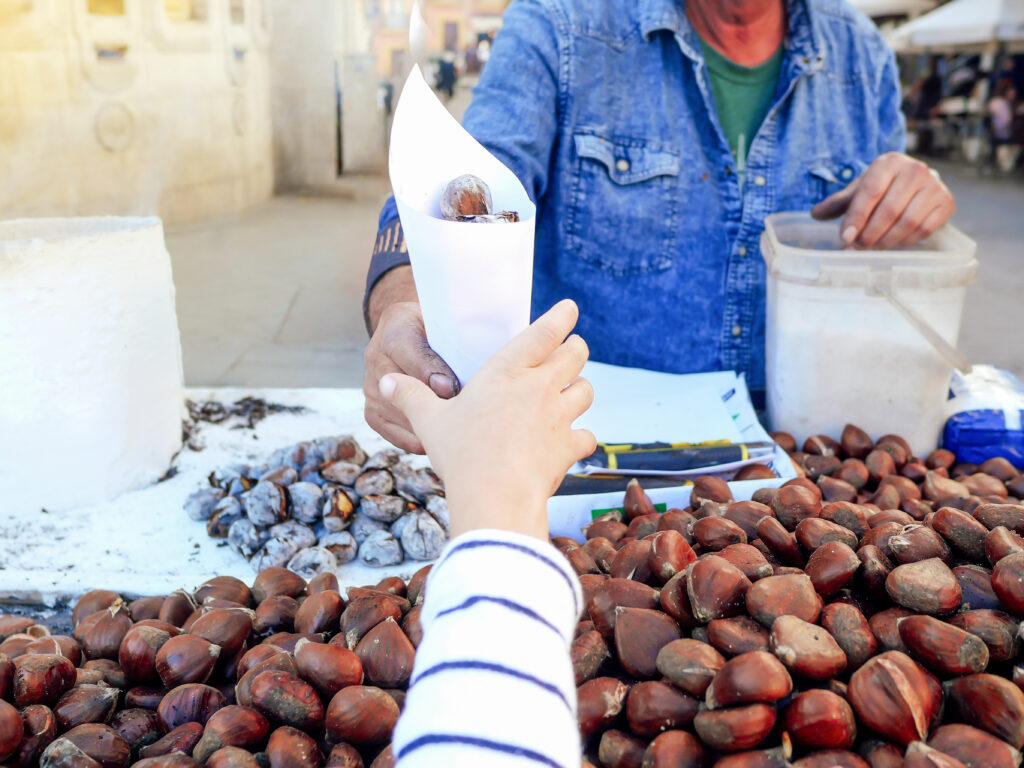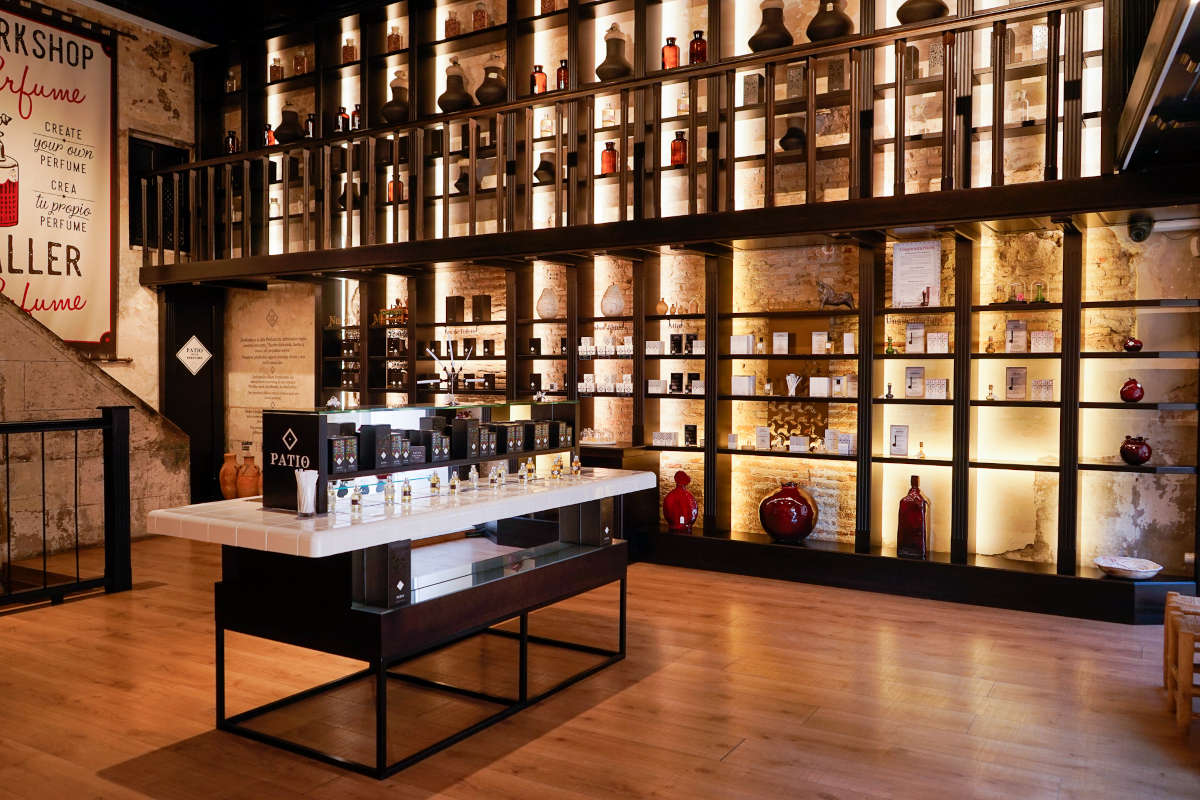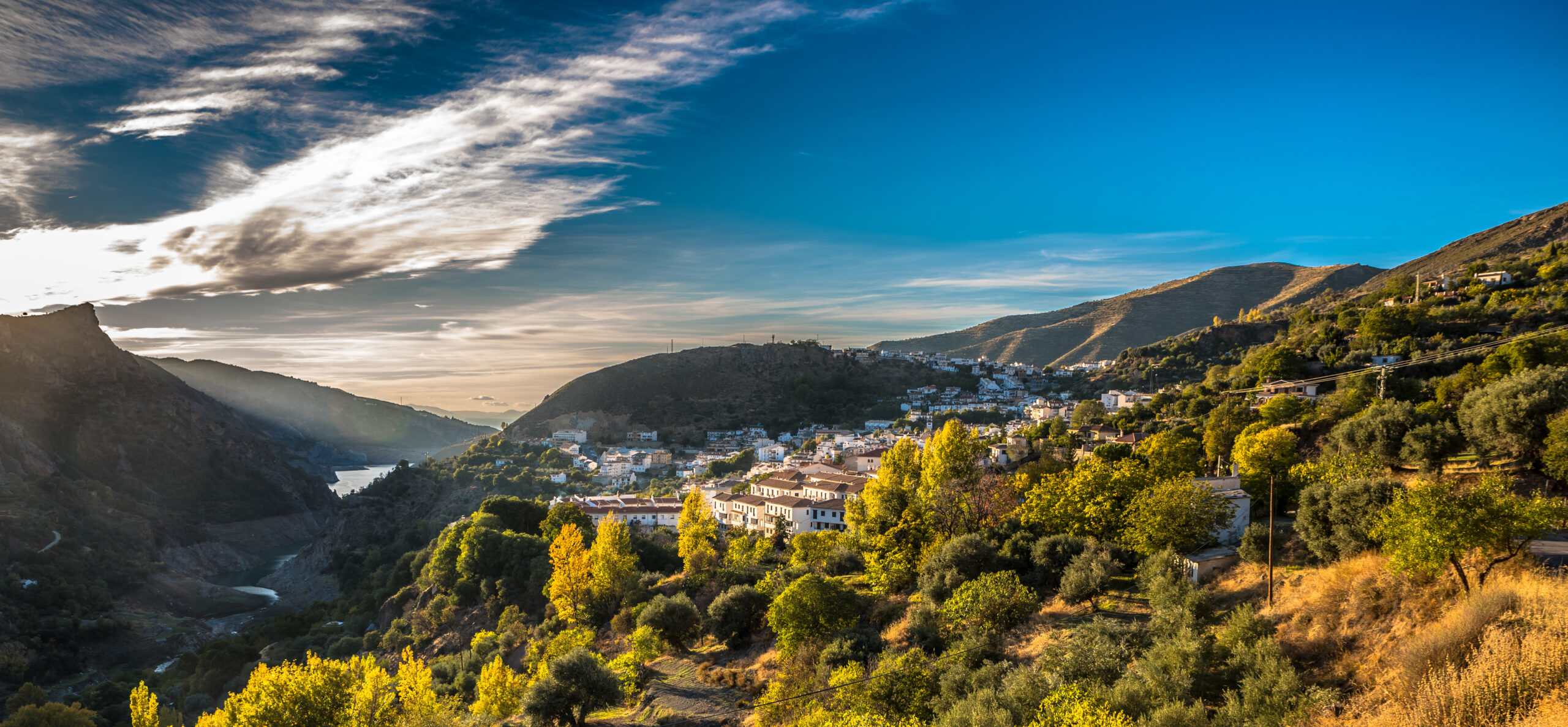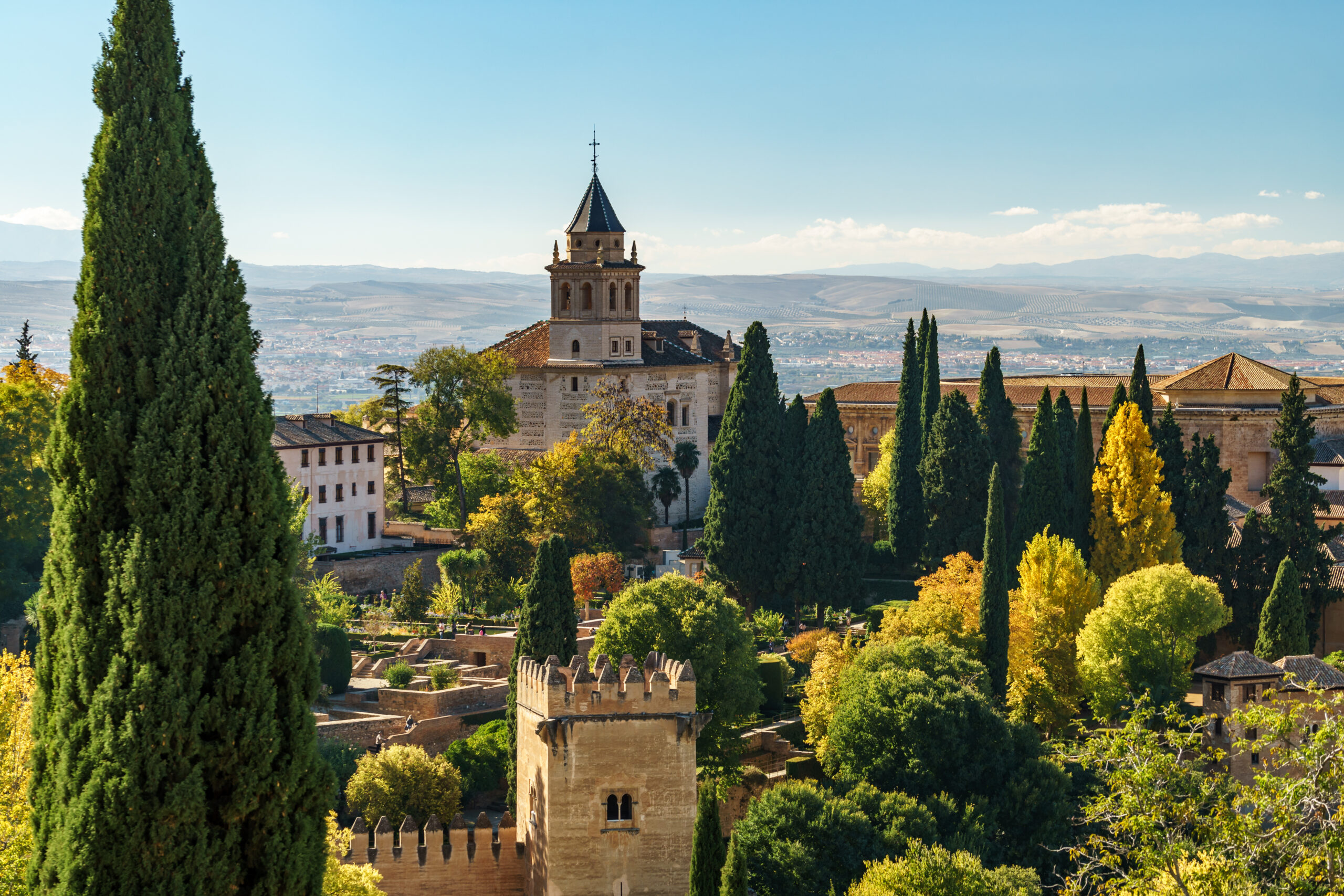At the end of October, you can detect a notable scent in the air as you explore Granada – it’s that smell of falling leaves often associated with autumn. But as every Granadino will tell you, this time of the year is also associated with the captivating aroma of chestnuts, or castañas, being roasted on the street corners of the city’s central commercial district.
TRADITION
Without a doubt, chestnuts are one of the most emblematic fruits of autumn, and the locals know how to make the most of their bountiful supply. But the tradition of consuming roasted chestnuts as an outdoor snack has several likely sources. For local farmers, roasting chestnuts in the autumn months was a way of celebrating and showing gratitude for a plentiful harvest.
One local legend about chestnut roasting can be traced back to the Middle Ages. On All Saints’ Day, celebrated on November 1st, the local village bell ringers would ring church bells all throughout the day as villagers prayed for loved ones who had passed. To reward them for their efforts and make sure they had the strength to ring the heavy bells at night, locals would present the ringers with roasted chestnuts and sweet wine.
Over time, roasted chestnuts not only became associated with the autumn months but also a favorite seasonal snack. Served burning hot and straight out of the flame, they are also thought of as something that helps locals acclimate to the cooler winter months – although for many visitors, local winters in Granada will likely seem quite mild.
PREPARATION
Chestnut trees are plentiful in Granada, with their presence particularly noticeable at the turn of the season when the nuts fall onto lawns and alleyways. Once collected, they are roasted in large pans placed over portable, coal-burning stoves on street stalls. But first, the center of each chestnut is cut into with a sharp knife, creating a small slit in the skin that will prevent its inside from exploding from the heat. So that they don’t stick to the pan or each other, a bit of oil is added, and they are continuously mixed with a spatula.
Great care is allocated to the process as the chestnuts brown and embers begin to crackle. The entire process takes about five minutes, which is also around the maximum wait time if a stall has run out and needs to make a fresh batch.

WHERE TO FIND THEM
Come fall, an abundance of chestnut stalls are set-up throughout the city center. Some popular locations are near the Isabel La Católica Theater next to the Banco Santander, at the end of Carrera de la Virgen, at the meeting point of Mesones and Reyes Católicos streets in Puerta Real, or at the intersection of Recogidas and Alhóndiga streets. But rather than look at a map for these locations, follow your nose or simply look for the aromatic smoke that rises from street corners in the evening hours. These signs are hard to miss!
The roasted autumn delights are always served in paper cones in small or large portion sizes. Prices vary depending on where you purchase them but typically range from three to six euros.
HOW TO EAT THEM
The most important thing to remember is that freshly roasted chestnuts are extremely hot. If your eagerness to try them allows for a little patience, it is advisable to let them cool down a bit in the cone.
Once they’ve cooled down to a consumable temperature, the outside shell needs to be peeled off to reveal the smooth edible inside of the nut. In some cases, the shell may appear burnt but that is part of the cooking process – it is safe to indulge in the delicious inside.
Even though autumn and local winters have been milder in recent years, the tradition of street-side roasted chestnuts continues to thrive, bringing with it the magic of the season and a smell and taste that is nostalgic to many Granadinos and waiting to be experienced by those who visit Granada at this time of the year.





